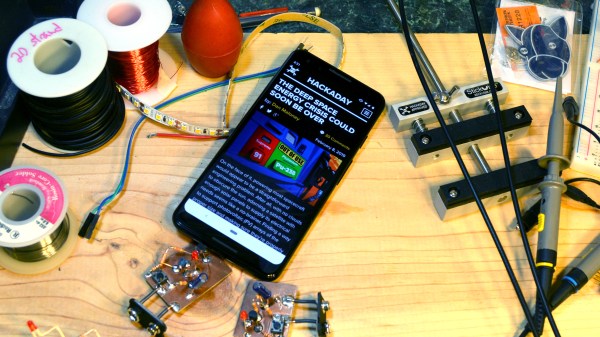Online parts search and ordering is a godsend compared to the paper-catalog days of yore. This is fact, there is no argument otherwise (despite [Dave Jones’] assertion that sourcing connectors is so much simpler if you have pages full of images). Just being able to search was a game changer. But how far do you think the concept has come since the transition online? [Chris Gammell] plans to spark a leap forward with Parts.io, an electronic component info delivery system that spans both manufacturers and distributors.
So what’s wrong with what we’re doing now? Nothing… unless you hate wasting time. Sourcing parts is time consuming. Certainly the parametric search on distributors’ sites like Mouser and Digikey have improved. Plus we’ve seen hacks that do things like automatically pull in stock data to a spreadsheet. But the real issue isn’t figuring out how to buy stuff, it’s figuring out what to use in a design. Surely there is opportunity for improvement.
Parts.io has its sights set on a better path to part discovery. Yes, this is parametric search but it will return data for all parts from all manufacturers. The distinction may not be completely obvious, but for example if you are searching on Element14 you’re only getting data on the parts that Element14 carries. Once you have drilled down to a reasonably manageable pool of components you get what you would expect: one-click datasheets and a roundup of pricing and availability from worldwide distributors. The presentation of the parts is grouped into families that differ in trailing parts designators, and I must say I am impressed at the interface’s ability to roll with you. It feels easier to find alternative parts after the drilldown where in my past searches I would have started completely over again.
The service started in private alpha in October but is now available for public use. You can search for a part without logging in, but a few features have been held back for those that sign up for a free account. Most notably this includes the ability to upload your BOM, add parts as favorites, and access their forums.
Is this a game changer? That’s for you to decide. You can give it a try yourself or watch [Chris’] feature walkthrough video found after the break.
Continue reading “Parts.io Aims At Better Component Discovery” →
















